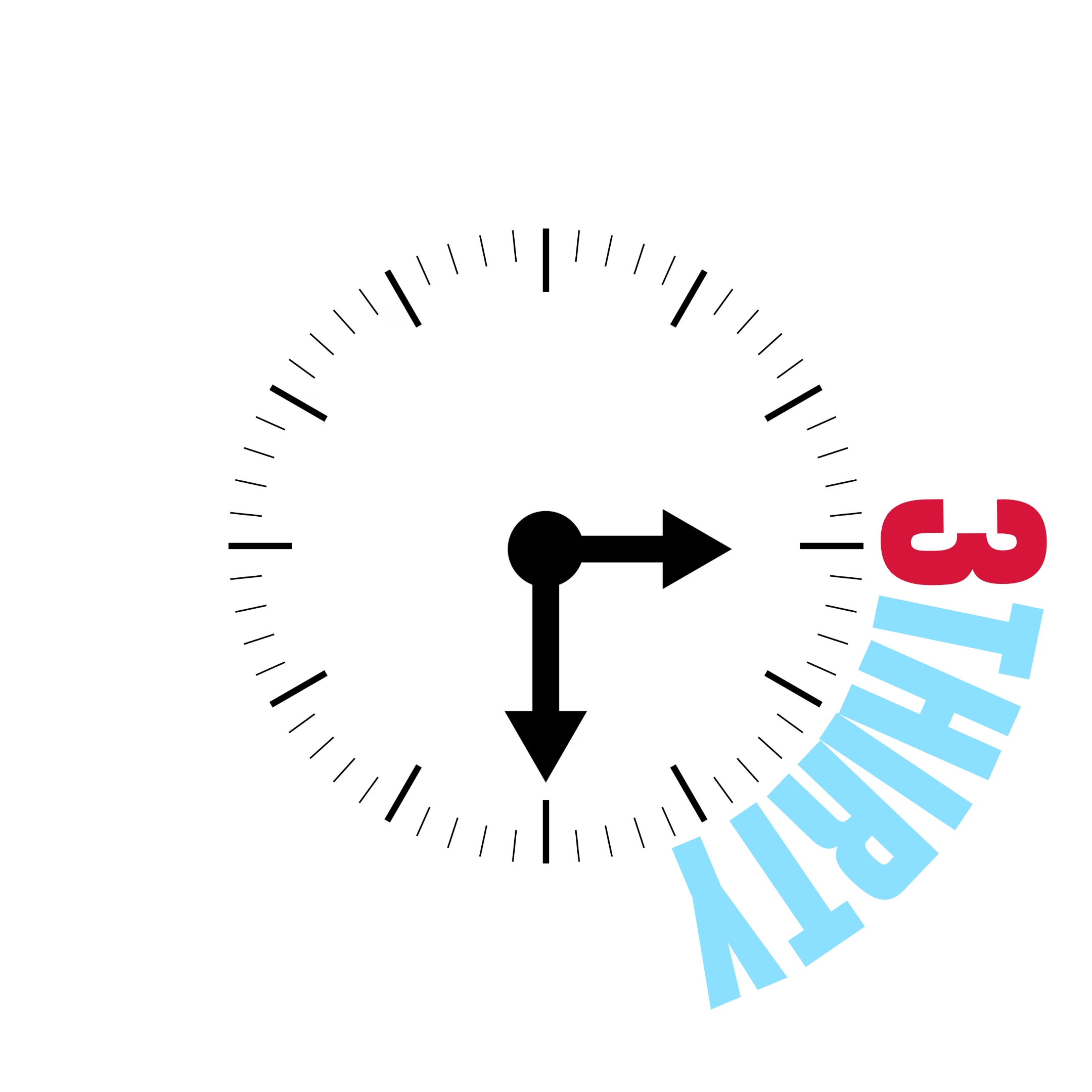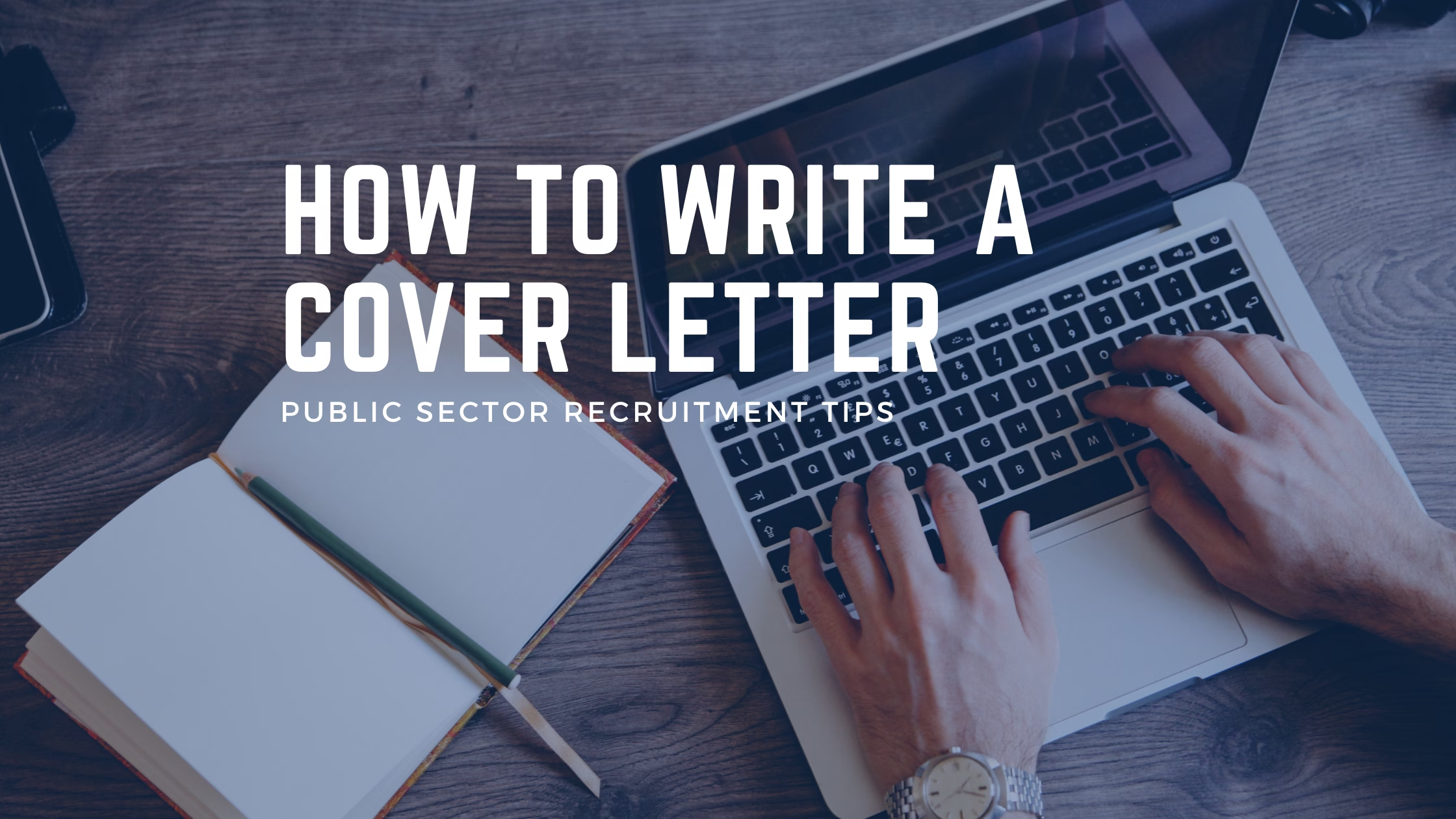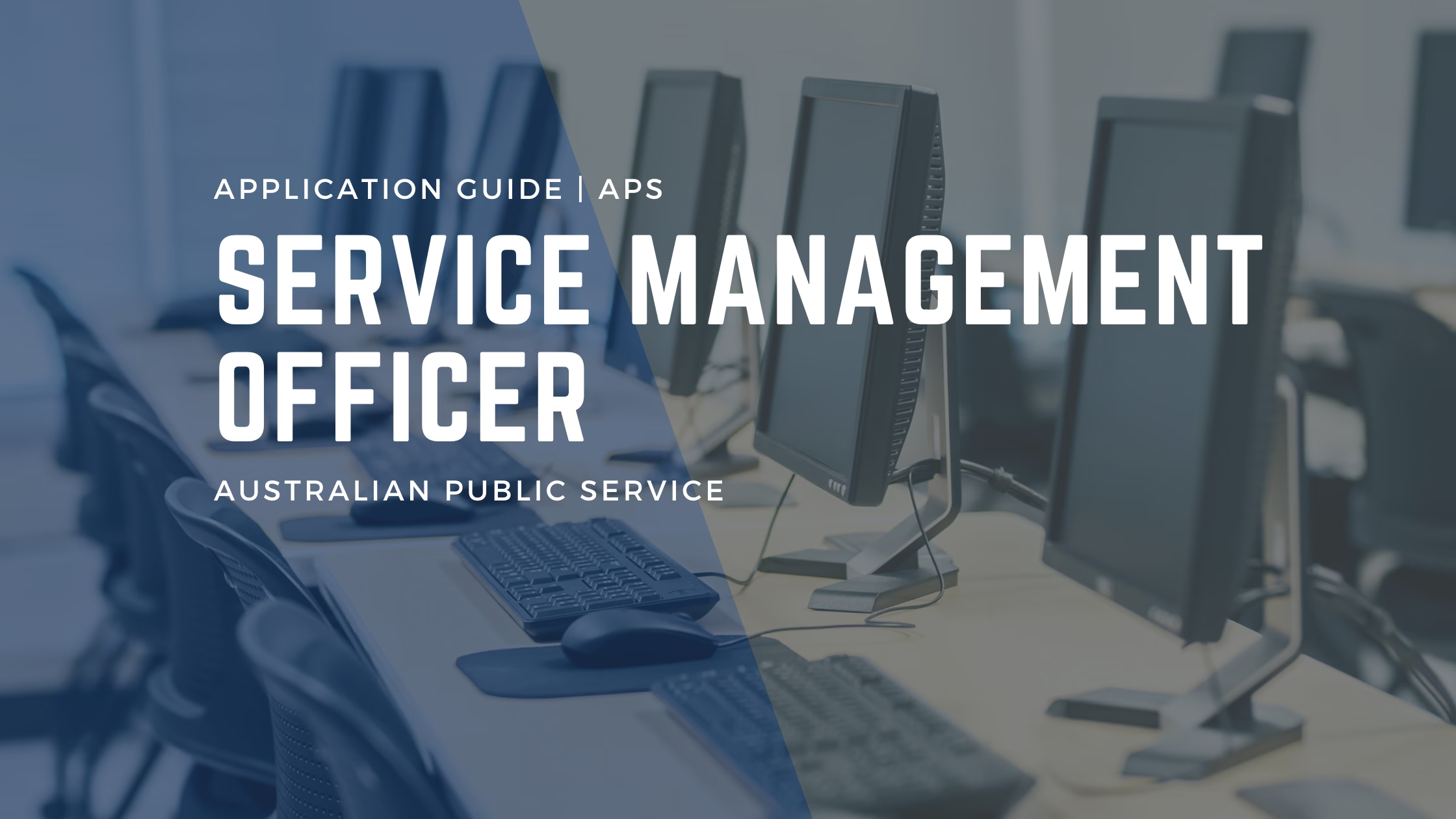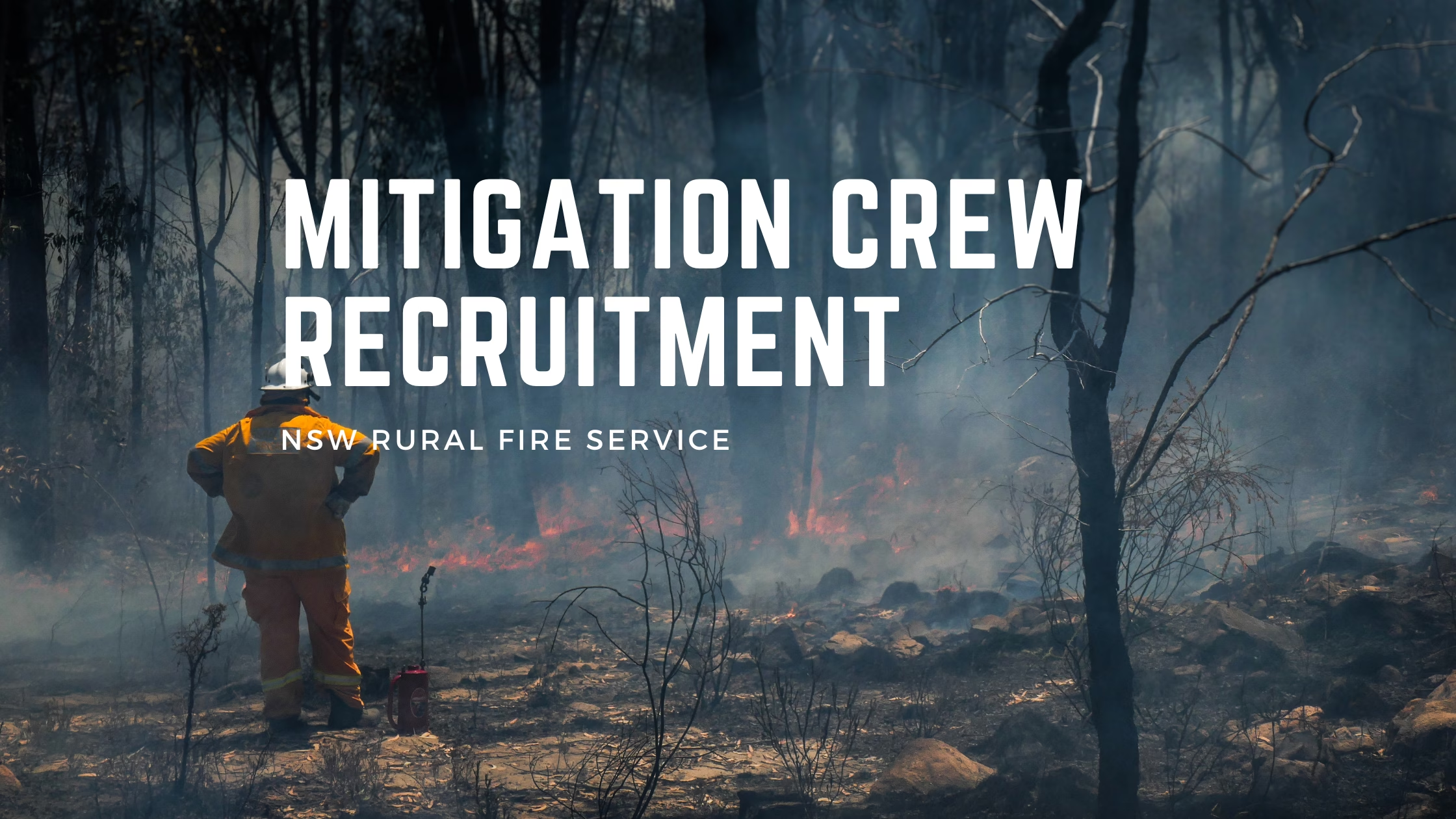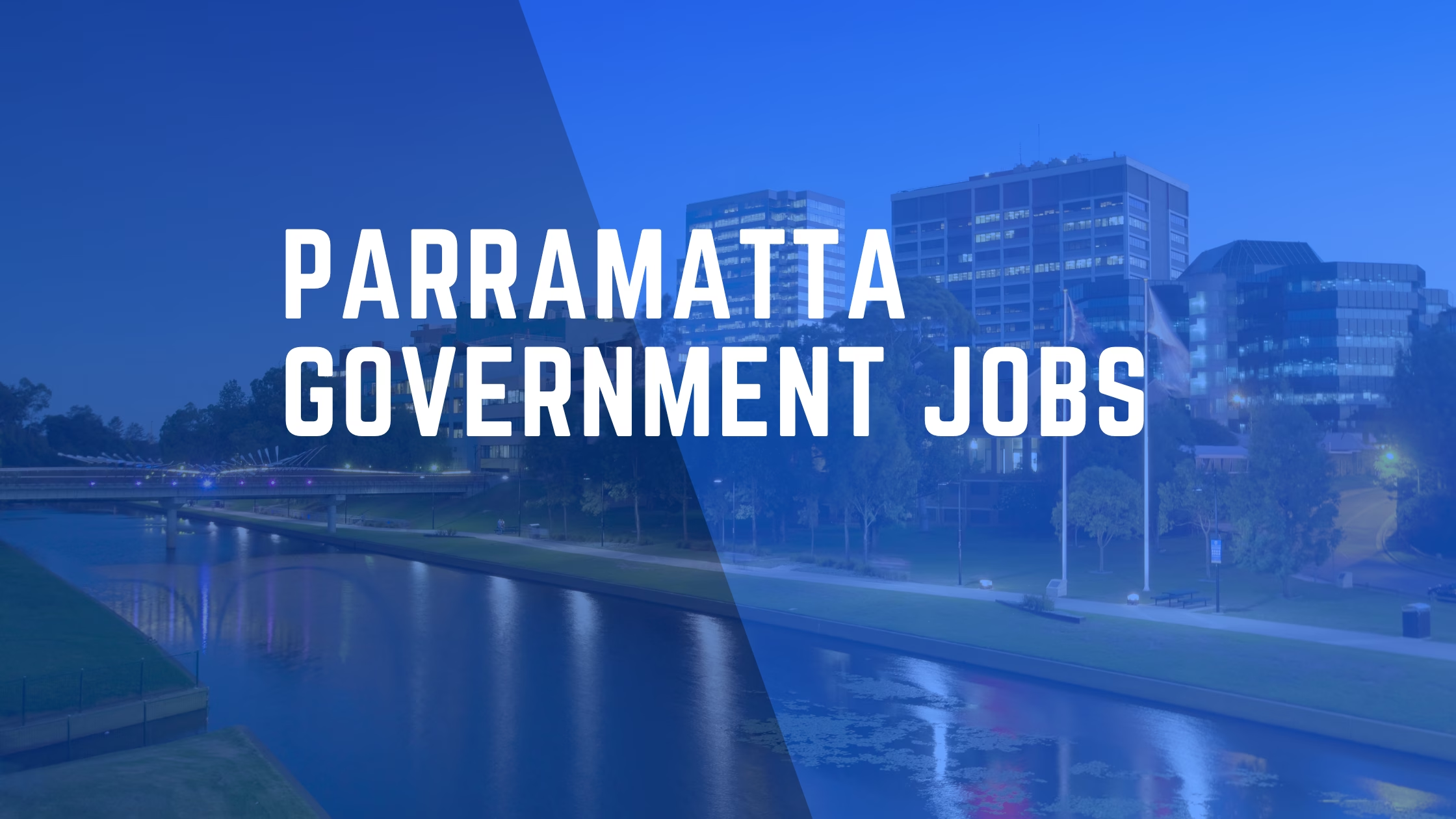Let me be clear: If you want to get into the public sector and land a government job, you need to know how to write a strong, effective government cover letter.
If you don’t know how to write a cover letter well, it will take you much longer to reach the interview stage, and you’ll keep losing out to other candidates who know how to turn their similar experiences and skills into a winning government cover letter.
Team 3Thirty is all about making it easier for anyone to apply for government roles. I’m going to show you how to write a great government cover letter—and how to make the process as simple as possible. My goal is to help talented candidates like you, who are missing out on public sector roles, finally land the job you deserve.
This will level the playing field, making the recruitment process more about how well you can do the role and less about how well you can navigate the application process.
The Biggest Challenge with Writing Government Cover Letters
As a government hiring manager, I’ve reviewed thousands of cover letters. I’d estimate that 70–80% of them miss the mark, underselling the candidate.
And as someone who has both succeeded and failed in government job applications, I know how difficult it is to write about yourself.
Writing your own cover letter—especially when you’re actively job hunting and applying for multiple roles—can be emotionally draining. It takes skill and effort to craft a cover letter that tells your story while aligning with the specific needs of the role.
But when you pour hours into writing, refining your examples, checking the job ad, reviewing the role description, and studying the info pack, you can lose sight of what really matters. You can’t see the forest for the trees, and your cover letter may end up focusing on the wrong things.
Then the deadline creeps up. You log in to submit your application, only to be met with a long list of fields to complete. By that point, you’re exhausted. You tell yourself, “That’s good enough,” and submit—without the energy to make your cover letter any better.
It’s draining to put together a strong application, especially if it doesn’t lead to results. If you’re not getting interviews, something needs to change in your cover letter.
Here are three key steps to help you nail your government cover letter:
- Start with a Hiring Manager’s Checklist – Know exactly what to include (and what to leave out).
- Use a Proven Cover Letter Template – Save time and stay on track with a clear, professional layout.
- Master the STAR Method – Craft compelling examples that show why you’re the right person for the job.
Learn how to write a government cover letter without burning out.
Table of Contents
Step One: Make a Hiring Manager’s Checklist for Your Government Cover Letter
To write an effective public sector cover letter and ensure you meet the hiring manager’s expectations, you need to start with a clear, structured approach. The best way to do this is by creating a checklist before you begin writing.
First, carefully review the role’s essential requirements, the job ad, and any target questions. These elements provide a clear roadmap for what your cover letter must address. By combining this information, you can create a focused list of key points to include, ensuring your letter aligns with what the hiring manager is actually looking for.
It’s crucial to do this before you start writing. If you begin with only a vague understanding of the role, you risk drafting a full page of examples that may not fully align with the position. Then, when you finally check the essential criteria or selection requirements, you’ll find yourself trying to force-fit your examples—like pushing a square peg into a round hole. This not only wastes time but often results in a cover letter that fails to make an impact.
A well-prepared approach leads to a stronger, more relevant cover letter that increases your chances of getting shortlisted. Take the time to plan first, and you’ll write with greater clarity, confidence, and efficiency.
Need Help Creating Your Checklist? Request a free application guide to get clear insight into what the hiring manager is really looking for.
Or, for more targeted support, get a Hiring Manager Assessment of your cover letter—so you can see exactly which recruitment criteria you’re meeting, and where you need to improve.
Once you have your checklist, brainstorm the best stories that align with each item. Aim for at least two examples per essential requirement. This will help you craft a cohesive cover letter by allowing you to choose the strongest examples while ensuring your letter flows smoothly, rather than reading like a disconnected list of skills.
Example Hiring Manager Checklist
Below is a detailed example of a hiring manager checklist for this role that was recently advertised.
| Requirement | Included? |
|---|---|
| Demonstrated experience in the control and management of emergency operations, including the ability to develop and conduct operational training exercises | |
| Experience in emergency management and incident management. | |
| Willingness to become a qualified Incident Controller Level 2 within 12 months, with capacity to undertake the Level 3 qualification if required | |
| Ability to travel, work on-call and out-of-hours as required. | |
| Thorough knowledge of AIIMS principles and processes, and/or willingness to obtain competence within 12 months | |
| Experience in providing leadership across diverse stakeholder groups in various geographic locations. Focus Capability: Manage and Develop People (Intermediate) | |
| The ability to build and maintain sustainable, collaborative relationships with a variety of stakeholders. Focus Capability: Work Collaboratively (Advanced) | |
| A passion for serving the community through emergency management. | |
| Dedication to support and work with a diverse workforce of volunteers across NSW SES Units. Focus Capability: Manage Self (Adept) |
Step Two: Use a Proven Government Cover Letter Template
Now it’s time to start writing. The last thing you want is to open a blank Word document, get distracted by font choices, formatting, or figuring out how to structure your opening line.
Make the writing process as quick and easy as possible by using a template. This will help you start your cover letter faster and give you more time to focus on strengthening your application.
I’ve been using my government cover letter template for years, and it works. Because I want to help you apply more effectively for government jobs, I share my template for free. It’s a simple format, but it has helped me land multiple interviews. The template includes prompts to guide you in addressing the essential elements required for any public sector role.
Make the job of writing as quick and easy as possible for yourself and use a template. This will speed up starting your government cover letter and leave you with more time to focus on making your application as strong as possible.
Write Your Government Cover Letter Using the Hiring Manager’s Checklist
As you start writing, make it clear—both to yourself and the hiring manager—that you’re directly addressing the essential requirements. The best way to do this is by using the exact language from the job ad and role description.
For example, if the role requires “experience with customer service in a call centre environment,” your cover letter should explicitly state:
“I have extensive experience in customer service within a call centre environment. In my current role… [provide a strong customer service example].”
Too often, applicants avoid using the exact wording from the job ad, trying instead to rephrase it in a way that sounds different. This isn’t necessary. Make it easy for yourself—and more importantly, easy for the hiring manager—to see exactly how your skills and experience match the role.
Step Three: Master the STAR structure
Government cover letters are all about giving clear examples of how you meet the capabilities for the job you are apply to. To do this, use the Situation, Task, Action and Result format when telling your stories.
How To Use The STAR Method For Your Government Cover Letter
The formula is simple. First, identify the key essential requirement from the job ad or role description. Let’s use “experience with customer service in a call centre environment” as an example.
Start with a clear opening line that immediately signals to the hiring manager that you are addressing the requirement:
“I have extensive experience in customer service within a call centre. In my current role…”
Then, provide a strong example from your experience, using the STAR Method (Situation, Task, Action, Result) to clearly demonstrate how you meet the requirement.
I have extensive experience with customer service in a call centre. In my current role, I am responsible for responding to all customer enquiries related to our products and service packages. For example, I once handled an enquiry about our newly launched all-in service package (situation). My task was to clarify what was included in the package and how it applied to the customer’s business (task).
I carefully reviewed the key terms and conditions and asked the customer about their business to ensure I highlighted the most relevant features, as well as any potential limitations. During this process, I identified a gap in the terms and conditions that would have negatively impacted the customer due to their specific business needs. I informed the customer that I would investigate further and get back to them.
After consulting with a senior manager, they agreed with my assessment and approved an immediate adjustment to the service package for this customer. When I called the customer back, they thanked me for resolving the issue and immediately signed up for the package (result). This customer represented a new business type for our organisation, and as a result of the service package update, we attracted more customers from this industry.
Repeat the STAR method throughout your government cover letter, ensuring you provide your strongest examples for each essential requirement. Most government cover letters have a one- or two-page limit, so it’s important to use your space wisely.
When writing your STAR examples, lead with your most relevant and strongest example first. Starting strong captures the hiring manager’s attention and sets the right tone. This also allows you to make any additional examples more concise, getting straight to the point without unnecessary detail.
Review Your Hiring Manager’s Checklist Before You Edit
Once you’ve completed your first draft, resist the urge to refine the language or cut sentences to fit the page limit—review your checklist first. Ensure you’ve addressed all the key requirements before moving on to editing.
If you start refining too soon, you might waste time polishing an irrelevant example or, worse, run out of space for a key essential criterion that you overlooked in your initial draft. By checking your coverage first, you can make more strategic edits and ensure your final cover letter is both concise and fully aligned with the role.
Get An Expert To Review Your Public Sector Cover Letter
More than anything, this is what separates strong candidates who get interviews from strong candidates who miss out.
You need to get your cover letter reviewed.
When you’re applying for a job, you have too much skin in the game. You want this job. You want to change your life. And to do that, you need to clearly articulate how your experience meets the hiring manager’s needs.
This is hard for anyone to do alone. When someone else reviews your cover letter, they don’t have the same emotional attachment to it that you do. You might be too attached to certain examples—ones you’re proud of, but that don’t actually align with the role.
I’ve seen plenty of great examples in cover letters that were completely irrelevant. Why? Because the candidate was proud of a particular achievement, but they weren’t willing to cut it in favour of demonstrating the specific skills the hiring manager was looking for.
I get all of my cover letters reviewed.
Working in the public sector, I know people who understand government applications, and their feedback has been invaluable. That’s why it’s crucial to have someone who knows how public sector recruitment works review your cover letter. Otherwise, all they’ll do is fix typos—without ensuring your application actually meets the job requirements.
One of the easiest ways to improve your government cover letter is to get a second pair of eyes on it. I offer a professional review service where I assess your cover letter against real hiring criteria used in NSW and APS recruitment. You’ll get honest feedback on where your letter is strong, where it could improve, and whether it meets the requirements. I’ll also suggest clearer wording, better structure, and ways to sharpen your STAR examples—so you can submit your best possible application.
Even if you don’t use my review service, make sure you get someone you trust to look over your cover letter. A fresh perspective will always help you spot things you’ve missed and tighten your application before you submit it.
Read Examples Of How To Write A Cover Letter For Real Government Jobs
If you want see what a strong public sector cover letter looks like, read through all of these example government cover letters for real public sector jobs. I use this process to write these strong cover letters, and demonstrate how you can apply for government jobs.
How To Write A Cover Letter For Government Jobs Summary
If you’re not getting interviews for government jobs, fixing your cover letter is the most important step you can take.
Writing a great government cover letter doesn’t need to be overwhelming. If you follow a structured process, you’ll give yourself the best chance of standing out. Start by creating a clear checklist based on the job ad and role description—this will keep your writing focused on what the hiring manager is actually looking for. Next, use a proven template to make the writing process quicker and easier. And most importantly, use the STAR method to provide specific, relevant examples that show how you meet the essential requirements.
Before you submit, always review your checklist to make sure you’ve addressed every key criterion—and get someone else to review your draft. Whether it’s a friend, a trusted colleague, or an expert, fresh feedback will always improve your application.
If you want extra help, I’ve also included real examples of strong government cover letters so you can see exactly how this approach works in practice. The more prepared and strategic you are, the better your chances of getting shortlisted.
Applying for a government job?
Make it easier with this free public sector cover letter template.
FAQs: Writing a Government Cover Letter In Australia
How long does it take to write a government cover letter?
Writing a strong government cover letter can take several hours, especially if it’s your first time. It requires researching the role, structuring your examples using the STAR method, and ensuring you align with the essential requirements. To avoid rushing, set aside plenty of time and don’t leave it until the application deadline.
How long should a government cover letter be?
Always check the job description for any stated page limits. If no limit is provided:
- Entry-level roles – Keep it to one page.
- Mid-to-senior government roles – Up to two pages maximum.
Hiring managers often have hundreds of applications to review, so clarity and conciseness are key.
What format should a government cover letter be in?
The required format can vary between agencies:
- Some require PDF to ensure formatting remains consistent.
- Others accept Word documents (.docx) or Google Docs files.
If the job ad doesn’t specify a format, start the online application process early—there will usually be an upload section that specifies which file types are accepted.
Do I need to address selection criteria separately, or can I cover it in my letter?
This depends on the application instructions:
- Some roles require a separate document addressing each selection criterion.
- Others expect you to integrate responses within your cover letter.
If the job ad isn’t clear, check the role description or reach out to the listed contact person for clarification.
Can I reuse the same cover letter for multiple applications?
Not exactly. While you can start with a template, each cover letter must be tailored to the specific job and agency.
Government recruiters look for candidates who address the exact requirements listed in the job ad—so simply swapping out the agency name won’t be enough to make your application stand out.
